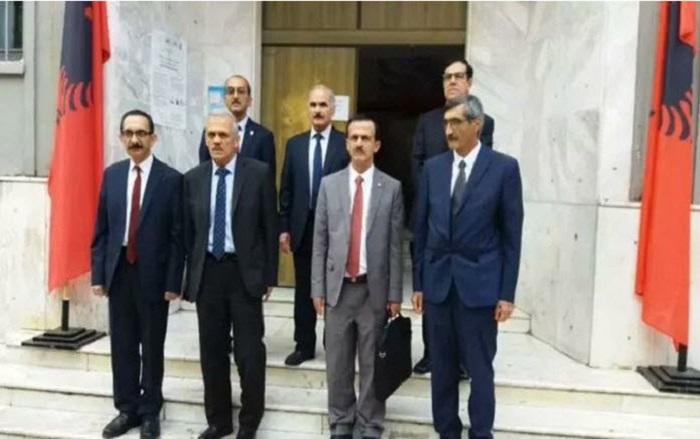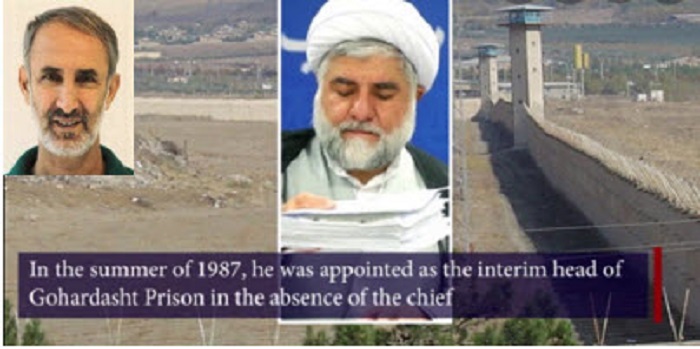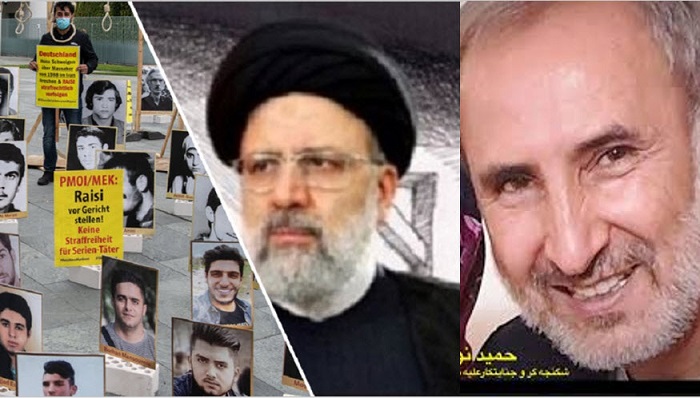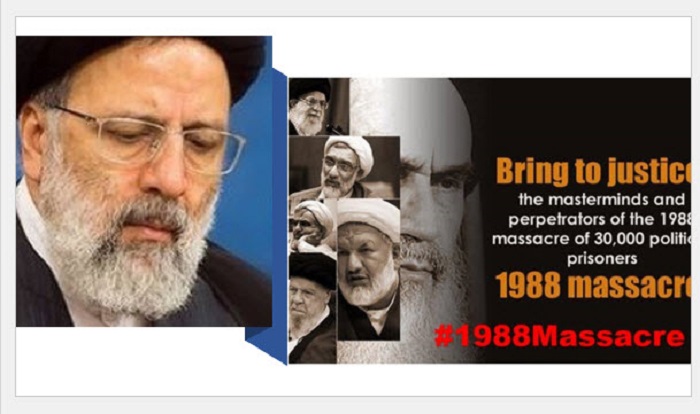
(NCRI) and (PMOI / MEK Iran): The court of Hamid Noury After being temporarily relocated to Durres, Albania, is now returning to Stockholm.
After being temporarily relocated to Durres, Albania, the trial of Hamid Noury, a former Iranian jail administrator, is set to return to Stockholm in the coming days. Swedish prosecutors requested the change of venue in order to hear from seven eyewitnesses who are now residing at the Albanian property set up by the People’s Mojahedin of Iran (PMOI / MEK Iran) in 2016. The MEK has been Iran’s major voice for democracy, and it was the primary target of a systematic massacre of political prisoners in 1988, in which Noury participated.
Moghiseh”We killed many and we’ll kill the rest”
Each of the Durres witnesses, as well as several other Stockholm witnesses, recalled direct interactions with Noury prior to, during, and after the 1988 massacre. Hassan Ashrafian claimed that in the year leading up to the massacre, Noury ordered a large number of guards to beat political prisoners suspected of being linked to the MEK. He also mentioned that Noury was present with Mohammad Moghiseh, the head of Gohardasht Prison when the latter boasted about the scale of the killings and the possibility that they would resume after the massacre was over.
“We killed all of them, and we’ll kill the rest of you later,” Moghiseh told a tiny handful of survivors at Gohardasht, according to Ashrafian. “The days of protesting and staging strikes are over. Don’t think our hands are tied. We can execute you like the rest anytime we want.”

(NCRI) and (PMOI / MEK Iran): Noury was present with Mohammad Moghiseh, the head of Gohardasht Prison when the latter boasted about the scale of the killings and the possibility that they would resume after the massacre was over.
Noury is detained, the primary perpetrators of 1988
Another survivor, Akbar Samedi, told the Durres court that he was threatened directly by Noury after the killings, then ran into him months later and overheard Noury lamenting that Samedi and others had “slipped through the fingers” of prison authorities. Such accounts show that Noury not only complied with orders to promote mass deaths, but did so gleefully and continued to defend the atrocity afterward.
While Noury is detained, the primary perpetrators of the 1988 massacre continue to hold positions of authority in the regime’s highest echelons, including the presidency. In August, Ebrahim Raisi was appointed to the position. The vast majority of eligible voters in Iran refused to vote in the regime’s rigged election, with many openly criticising Raisi’s support from the regime’s Supreme Leader Ali Khamenei.

(PMOI / MEK Iran) and (NCRI): In early 2021, Hamid Noury, one of the massacre’s perpetrators, was brought to trial by the Swedish judiciary, and survivors have given shocking testimonies about what happened.
Between July & September 1988, over 30,000 were executed
Raisi was named head of the judiciary by Khamenei in 2019, giving him a stepping stone to the presidency but also cementing the legacy of the 1988 massacre, in which Raisi was a key participant. Following a national protest in November 2019, the former member of Tehran’s execution commission used his position as judiciary chief to oversee crucial components of a crackdown on dissent.
At least 1,500 people were killed in the crackdown, making it one of the worst cases of mass murder in Iran in recent years, albeit it paled in comparison to the 1988 massacre. Between July and September 1988, over 30,000 political prisoners were executed and buried in secret mass graves, and some witnesses in the Noury case even claimed that this was a conservative estimate, based largely on testimony about prisons and prison wards where some detainees survived the massacre.

(PMOI / MEK Iran) and (NCRI): Ebrahim Raisi was elected to the country’s second-highest office after other potential contenders were prevented from standing.
Even where there were survivors, they made up a small percentage of the total prison population. This was confirmed not only by survivors who testified directly in the Noury case, but also by individuals who attended related conferences and protests, as well as those who spoke to the press at the time. Last weekend, almost 1,000 former political prisoners gathered in the PMOI’s Ashraf 3 camp, with 12 of them giving lengthy statements about the massacre and the chances for holding culprits accountable.
Noury’s conviction should pave the way for a larger international investigation into the 1988 massacre, which could lead to the prosecution of other current and former authorities who were far more involved than Noury. This includes Raisi, whose implementation of a fatwa aimed at “annihilating the enemies of Islam” qualifies him as a genocide perpetrator against the MEK, who pose a threat to the Iranian regime’s fundamentalist theocracy.
Noury’s conviction should pave the way for a larger international investigation into the 1988 massacre, which includes Raisi.
MEK Iran (follow us on Twitter and Facebook)
and follow Maryam Rajavi’s on her site 
and follow NCRI (Twitter & Facebook) and People’s Mojahedin Organization of Iran – MEK IRAN – YouTube
